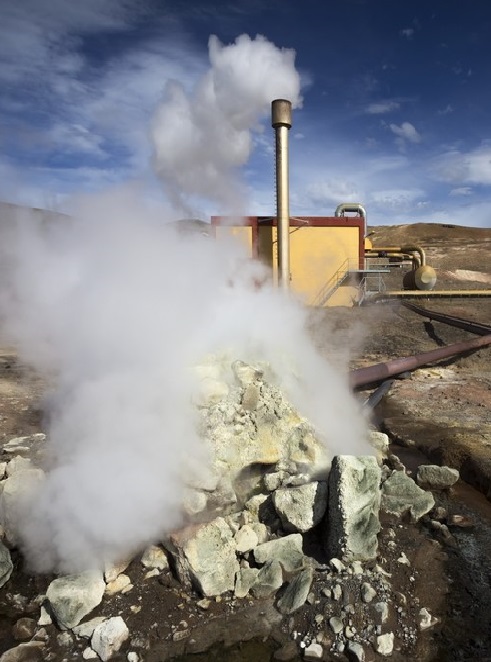
Geothermal Energy
What is geothermal energy?
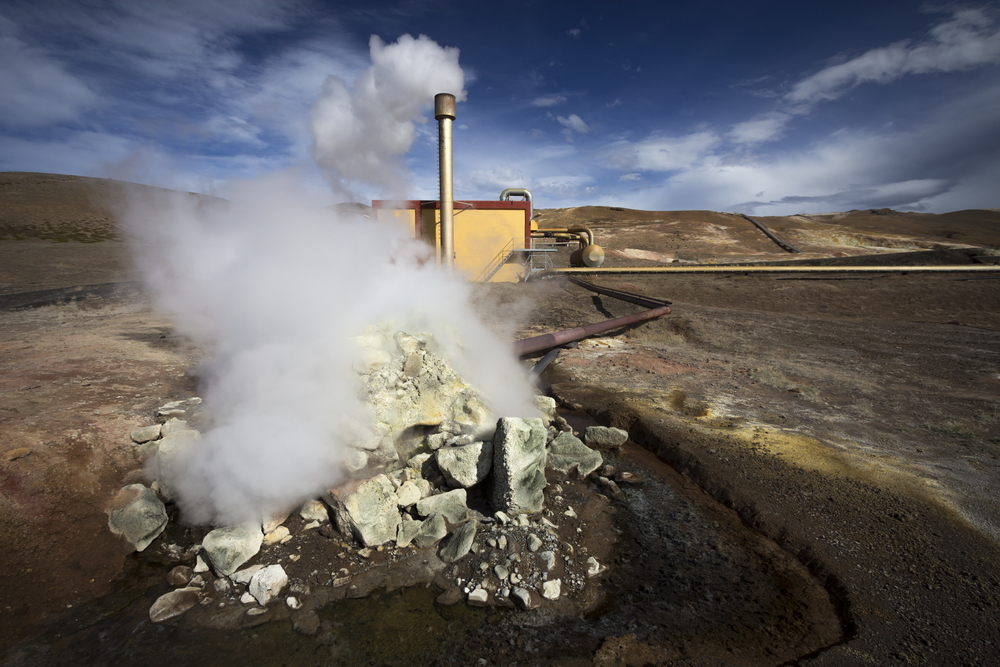
The terms Geothermal originates from two Greek words “GEO” AND “THERM”. The word “geo” means the earth and the “therm” means the heat from the earth. Geothermal energy is energy derive from the earth. This energy is store in the form of heat below the earth’s surface. This energy is a renewable source use for different purposes from thousand years. Heat passes out through the seabed and land surface by conduction and by active convective currents of molten magma or heated water. The average geothermal heat flow at the Earth’s surface is only 0.06W/m2 , (with average temperature gradient of 25 to 30ºC/km). Some locations have increased temperature gradients (with temperature gradients as high as 200ºC/km ) indicating significant geothermal energy sources.
History of geothermal energy
According to the history first use of geothermal energy occurred more than 10,000 years ago in North America by Paleo-Indians. Those people used water from the hot springs for their daily activities such as cooking, bathing and cleaning. The first industrial use of geothermal energy began in Pisa in late 18th century. The steam coming from natural vents use to extract boric acid from the hot pools that are known as “Larderello” fields. The Romans, Chinese used hot mineral springs for bathing, cooking and for therapeutic purposes. The Italian scientist Piero Ginori Conti invented the first geothermal electric power plant and it use steam to generate the power.
Main users of geothermal energy
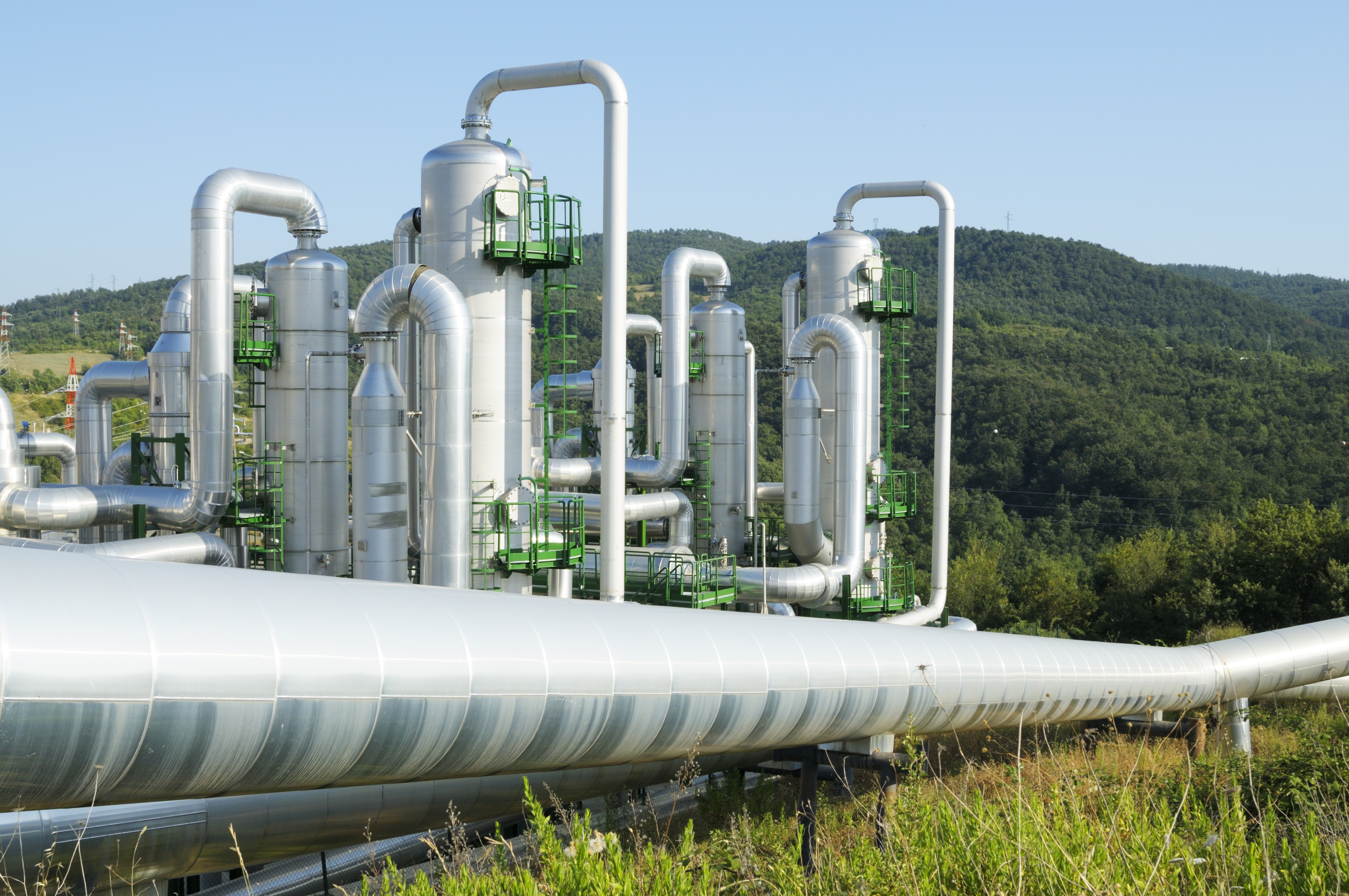
1.Electricity generation: When geothermal heat is available at temperatures of more than ~150ºC, (as a natural flow of high-pressure water and/or steam) power production can done by using turbines.
2.Hot water supply: When geothermal heat is available at ~50 to 70°C For ‘medicinal’ bathhouses For crop drying For aquaculture of fish and algae For heating residential buildings For industrial process heat
3.Heat pumps: Earth has fairly constant temperature few meters below the ground level (through out the year). This heat can be use to heat as well as cool buildings and other spaces using heat pumps.
4.Space heating – Heat exchanger can use to heat clean water that runs through radiators. Air blowing across radiators can move heat through the space. Waste heat from power generation can be useSpace cooling – Can be use as the source of heat in absorption type refrigeration systems
5.Melting snow – hot water is move through piping system laid beneath the surface. Continuous flow water flow through the pipes is necessary to stop freezing water in the pipes
6.Green houses – To heat green houses
7.Fish farms – to keep water warm in fish tanks (to promote the growth of fish)
8.Food drying – geothermal heat can be use to dry air. Dried air can be use to dry food
9.Building tourist attractions around geothermal resources (bath houses). Geothermal energy can be use to satisfy the power requirements in such places
Classifications of geothermal regions
1. Hyperthermal: Temperature gradient ≥80ºC/km. usually located on tectonic plate boundaries. Most geothermal power stations are in such regions.
2. Semithermal
- Temperature gradient ~40ºC/km to 80ºC/km.
- Generally associated with anomalies away from plate boundaries.
- Heat extraction is from harnessing natural aquifers or fracturing dry rock.
- Used in geothermal district heating system for houses in Paris.
3. Normal:
- Temperature gradient 40c/km
- Less promising source of energy
Geothermal electrical power generation
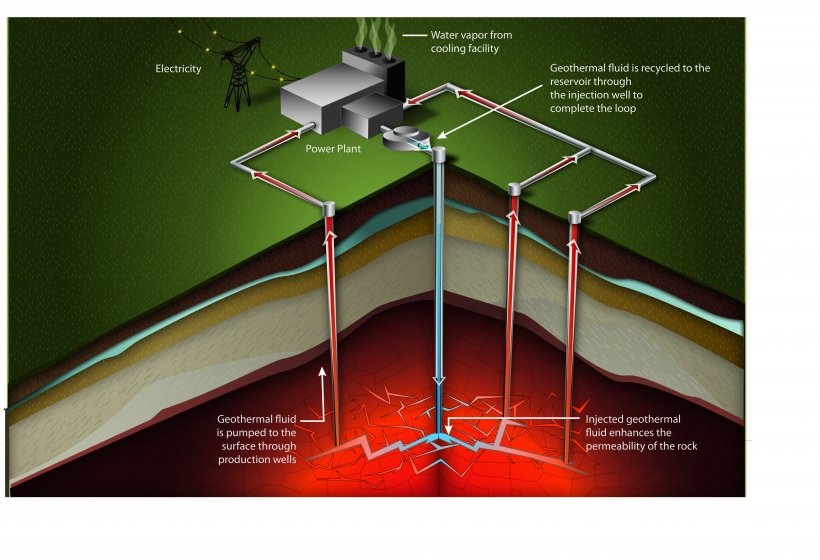
Dry-steam plant
Steam enters the turbine with high temperature and high pressure. When the steam passes the turbine blades, it loses energy. Due to the energy lose steam existing the turbine has lower temperature and lower pressure. Condenser extracts most of the water in air/steam. Then water is inject back to the geothermal reservoir.
Flash-Steam plant
In this plant, hot, high pressured water from the source is passes through a special control valve that expands it, reducing pressure and causing some water to convert into steam. So rest of the process is similar to a dry-steam plant.
Double Flash-Steam plant
Water that remains after the first flashing is move to a second separating system to release more steam (with lower pressure) through a secondary flashing stage. This can done when the source is very hot so that even after the first flash, the remaining water at the separator is hotter than the normal boiling temperature of 100ºC because it is still at high pressure. Steam from the second flashing is channele to a low-pressure turbine. By using the double flash system 20% additional power generation can expect compare to a single flash system.
Binary-cycle plant
This method is different from dry-steam or flash-steam plants. Hot water and steam from the source goes to a heat exchanger. Then a secondary fluid is heat and vaporized by at the heat exchanger. Vaporized fluid circulates through a closed loop to drive the turbine . This secondary fluid has a lower boiling point than water and is in general organic (butane, pentane),also known as organic Rankine cycle (ORC). This fluid can be useful at lower-temperature resources and work with chemically impure geothermal fluids .Fluids from the source do not come to contact with the turbines.
Advantages of Geothermal energy
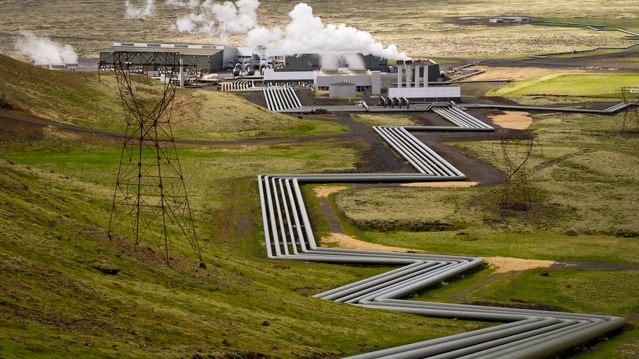
- Excellent source of heat and electricity generation
- Minimal pollution
- Sustainable (a form of energy that can continue far into the future)
- Geothermal energy can produce at a lower cost (after accounting for initial costs)
- Lower CO2 emissions compared to fossil fuel
- No emission of nitrous oxides
- Minerals such as Zinc, Silica can be extract as by products
- Can operate 90-100% of the time (coal: 75%, nuclear: 65%, wind: 30- 80% depending on the location, solar: less than 50%)
Disadvantages of Geothermal energy
- Finding and testing suitable geothermal source can be time consuming
- Needs to necessary actions to contain and dispose any leak gasses (CO2 , H2 S , SO2 , H2 , CH4 , N2 gasses can be release)
- Geothermal fluids (brine water and mineral dissolve water) needs to properly re-injected back after extracting heat. (released water may contain silica, heavy metals, NaCl, KCl, carbonates)
- Land subsidence
- Induced seismic activity (due to land subsidence as well as improper reinjection)
- Possibility of surface and ground water contamination
What is geothermal energy? The terms Geothermal originates from two Greek words “GEO” AND “THERM”. The word “geo” means the earth and the “therm” means the heat from the earth. Geothermal energy is energy derive from the earth. This energy is store in the form of heat below the earth’s surface. This energy is a…

With havin so much content do you ever run into any issues of plagorism or copyright violation? My blog has a lot of completely unique content I’ve either written myself or outsourced but it appears a lot of it is popping it up all over the web without my permission. Do you know any solutions to help prevent content from being ripped off? I’d certainly appreciate it.